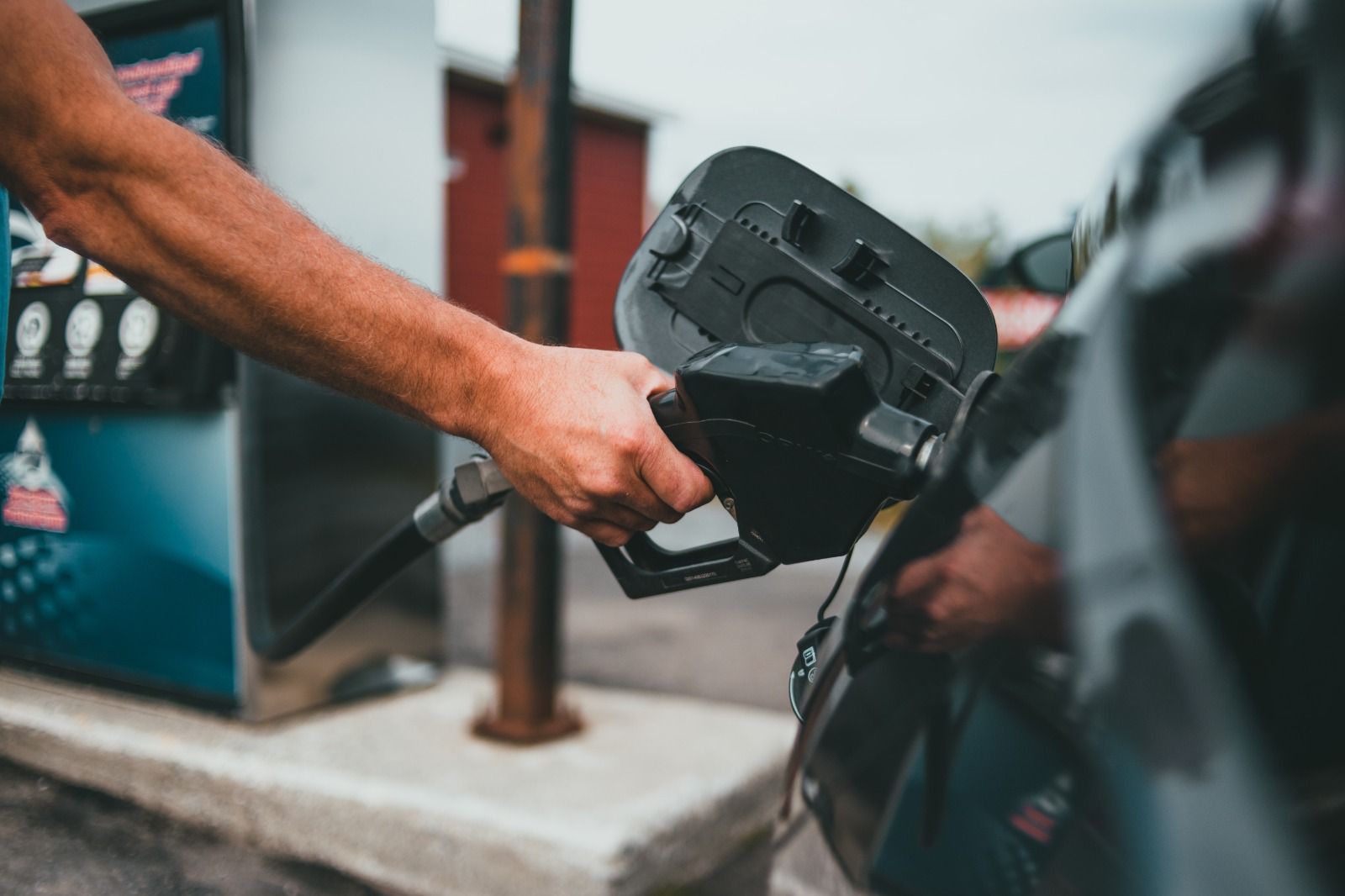A massive infrastructure boost can turn the tide for West Bengal
Pratim Ranjan Bose
Post On > Sep 27 2021 2165

Two things happened over the last few decades. First capitalism emerged as the only growth option before the world. Second, the Chinese communist party, which walked the path of capitalism as early as 1978, established an outcome-oriented growth model. The recent success of Vietnam (also ruled by the communist party) in scaling up merchandise exports four times in 10 years, also came through this route.
The very reference of the single-party rule indicates that the model has less to do with the form of government and more about the outcome, which should be visible in a limited period of time. ‘Slow but steady’ is passe. The world is for the ‘fast and furious.’ From this perspective, India is a laggard, and West Bengal is lagging behind even regional peers like Odisha and Sikkim.
In terms of share of industry in GSDP (Gross State Domestic Product), Sikkim (65%) is now a front-ranking state in India. As a large State Odisha came up too fast as is visible in its per capita electricity consumption, which is far above the national average. In comparison, West Bengal is significantly below the national average. Per-capita electricity consumption is a good indicator as it captures both manufacturing and service sectors. Delhi scores above the national average riding on service (85% of GSDP) sector demand.
In a previous blog “Reviving West Bengal: KPO and Tourism can be changemakers” Professor Dipankar Sengupta highlighted why it will be difficult or time taking for West Bengal to reinvent its past glory in manufacturing. The argument is undeniable. He focused on the service sector as a relatively low hanging fruit.
The problem is: though West Bengal is primarily a service sector economy (56% of GSDP. Handbook of Statistics, RBI, 2019), the per-capita electricity consumption data indicates that it is not generating enough surplus to be prosperous. West Bengal definitely generates jobs but they are of low quality, offering low returns and come with limited opportunity for upward mobility. The state is failing to live up to the expectations of the young and aspiring and they are leaving the state in large numbers.
It is no coincidence that Kolkata has the lowest share of 20-29 years, and the highest pool of 60 plus (Kolkata is ageing faster than other metros, Times of India, October 27, 2015). Considering West Bengal has low fertility rates, such loss of manpower may be creating a skill (and work-culture deficit) in the State. As the best hands are leaving, prospective investors are left with the option of filling up vacancies with outsiders at a premium or make do with the less efficient. Either way the business efficiency suffers.
The problem is serious in nature and will not go away by inviting one investor or two. Young and able Bengalis living outside Bengal are generally apprehensive to return to the State, even if they get an apparently good offer, fearing fewer opportunities to switch jobs.
To break the deadlock, the State has to take a ‘shock and awe' approach. It is not possible to attract a rush of investments in the prevailing scenario. What is possible is to create awe-inspiring infrastructure that will make everyone believe in the State's seriousness and ability. As an additional benefit, it will create jobs in the interim period. This I an established recipe of outcome oriented growth model, which India is now trying to follow nationally.
Outlined below are three specific areas, which should witness a dramatic rise in activity.
Modern highways, high-speed rail and sea port:
Barring the two National Highways connecting Kolkata to Delhi and Mumbai and its off-shoot to Haldia port; West Bengal doesn’t have quality highway infrastructure. These two highways are also plagued with speed limits as they welcome a whole lot of local traffic. The in-thing in India is access-controlled highways, with limited and designated entry and exit points, built for high-speed traffic. The upcoming 1300 km Delhi-Mumbai highway will be walled on either side. It will have underpasses for the movement including that of animals. The Union government is already working to remove the speed restrictions on National Highways.
West Bengal needs at least one such access-controlled highway between Kolkata and Siliguri (560 km) that will reduce the travelling time from minimum 14 hours to 4-5 hours. Better if we have two more such highways connecting Kolkata with Asansol and Kharagpur. Access-controlled highways should supplement the NH network to create adequate redundancy in the road network that should survive rapid industrial growth in the State for the next few decades. The under-construction National Highway between Kolkata and Siliguri must be completed in the next one or two years. It has been going on for decades.
Alongside modern highways, West Bengal needs high-speed rail for north-south connectivity and a seaport. Odisha has at least three large ports on a 485 km coastline. West Bengal doesn’t have a single sea-port in a 158 km long coastline. The problem was never with money, but the mindset. Let’s change that by implementing these projects in a maximum of 10 years. It will remove all infrastructure bottlenecks and will create new growth centres beyond Kolkata.
Urban Development:
Service sector growth is urban-centric. As per the 2011 census, West Bengal ranks 4th in the country in terms of urbanization, with 32% of people living in urban areas. However, there is limited growth opportunity beyond Kolkata. The only operating airport outside Kolkata is in Bagdogra (Siliguri). People from across the State come to Kolkata for quality private healthcare. There is no app-cab service beyond Kolkata.
This is not suitable for service sector-led growth. Gujarat, Maharashtra or South India have a maze of cities and towns offering wide opportunities. Even the once BIMARU state of Madhya Pradesh has at least two major cities - Indore & Bhopal - with a thriving service sector.
A set of flawed policymaking in the past is responsible for West Bengal’s woes. It is time to reverse that. Keeping in tune with the highway and rail infrastructure creation, West Bengal should improve urban infrastructure dramatically in select towns and cities and build modern satellite townships around them, in exactly the same manner as Salt Lake or New Town was once planned around the ageing city of Kolkata.
The advantage lies in adding more growth nodes or rejuvenating the existing ones. Anyone who has travelled to Indore recently will know, successful implementation of the centrally-sponsored Smart City project can change the face of an urban centre.
Industrial corridors:
The next big task lies in creating industrial corridors along with the highway network. The corridors should be planned in a manner so that they can reap the benefits of geographic advantage and central schemes like the sector-specific Production-Linked Incentive (PLI). Land should be acquired by the State on an incremental basis, following the model of Tamil Nadu Industrial Development Corporation. Investors are ready to pay the price for certainty and stability. Asking people to find their own land or inviting them to go to some poorly planned designated industrial areas as in Bolpur or Bankura will not help.
Due to various reasons, logistics, mines, metals and engineering have huge prospects on Durgapur-Asansol and Kolkata-Kharagpur stretches. Durgapur has many sick and closed PSUs. This developed land with the ready availability of water and road/rail connectivity can be offered to new investors. As land became costly, the land-use pattern of industry underwent a drastic change. So, one closed PSU (with township) spread over thousands of hectares may make way for many private sector industries of significantly higher capacities.
Burdwan, Murshidabad, Malda, Nadia Hooghly, East Medinipur can have corridors targeting farm sector processing. West Bengal has a vast agri-economy but returns to farmers are abysmally low due to lack of market access. As a pioneering state in contract farming, it must not stay away from completing the unfinished tasks in agri-sector reforms, aligning with centrally-sponsored schemes to promote farm-gate processing and use the modern logistics infra (to be built) can attract large investments in agri-processing.
Professor Sengupta spoke about tourism. Modern highway infrastructure and value marketing (instead of the huge influx of cheap tourists adding to the ecological vulnerability of the region) can change the face of North Bengal. With proper urban and digital infrastructure in place, the region has huge potential to emerge as the destination of big-ticket investments in hospitality, health, education (namely private universities), agri-processing and even IT.
The moot point is, traditional models will fail to bring West Bengal out of the vicious cycle. The State needs to plan it big, too big, to draw attention. Investment needs an ecosystem. A start-up revolution is unfolding in India with the number of unicorns (companies valued over $1 billion but not listed) reaching upto 60. There are reasons why Kolkata is not home to a single unicorn so far. As long as we do not address those reasons or set of reasons, there is little escape from lack of opportunities and exodus of quality manpower etc.
*Pratim Ranjan Bose is a commentator, researcher and corporate consultant. He is an expert on India’s eastern neighbourhood. Views expressed are his own.
**Representative image by Radek Kilijanek on Unsplash

123
2025-07-27 20:33:14

asd
2025-07-27 20:31:39

Northeast Energy Scenario Part-1: Paradigm shift in petroproduct availability and consumption
2023-03-28 16:22:05

Consolidation of 'indigenous' votes aligned Tripura's political landscape with the rest of the northeast.
2023-02-16 08:51:53

Why Kolkata doesn’t have a Unicorn ?
2023-01-28 09:53:57

Social media literacy should be mandatory in UG curriculum
2022-11-30 12:00:53
